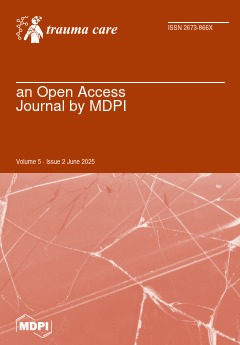Introduction: The anatomy of the distal tibiofibular joint (DTFJ) has been demonstrated to influence the radiological outcome of reduction with syndesmotic screw fixation in the course of ankle fracture treatment. The objective of this study was to describe the anatomy of the DTFJ and to analyze the effect of incisura anatomy on syndesmotic stabilization with suture button systems (SBS), also in the context of their flexible nature of fixation.
Materials and Methods: Forty-four (21 females, 23 males) consecutive postoperative bilateral computed tomography scans after stabilization of the DTFJ by SBS in the course of operative treatment of unstable ankle fractures were retrospectively analyzed. The anatomy of the DTFJ was evaluated by examining the following parameters: depth of the tibial incisura (DI), rotation of the incisura (ROI), Nault talar dome angle (NTDA), Leporjärvi clear space (LCS), anterior tibiofibular distance (antTFD), and fibula engagement (FE). The side-to-side (Δ) of LCS, NTDA, and antTFD, which analyzed the reduction result, were correlated with DI, FE, ROI, and NTDA, as well as the transverse offset (TO), reflecting the flexible nature of fixation.
Results: Patients with slight overtightening (ΔLCS > −1 mm) showed a fibula that protruded less into the incisura on the native side (smaller FE) compared to symmetrical reduced patients and to patients with slight diastasis (
p < 0.05). There was no relationship between the parameters describing the anatomy of the incisura and parameters assessing the parameter of the “flexible nature of fixation” (rs < 0.300). Regarding the anatomical parameters, it was observed that there were inter-individual differences of more than 4 mm (
p > 0.05).
Conclusions: The considerable inter-individual anatomical variability of the DTFJ was confirmed. The morphological configuration of the incisura has no impact on the immediate radiological reduction result after SBS stabilization of the DTFG, as determined by CT. The extent of the flexible nature of fixation is also not affected by the morphology of the incisura. Stabilization of the DTFJ can be performed regardless of the anatomical configuration.
Full article



